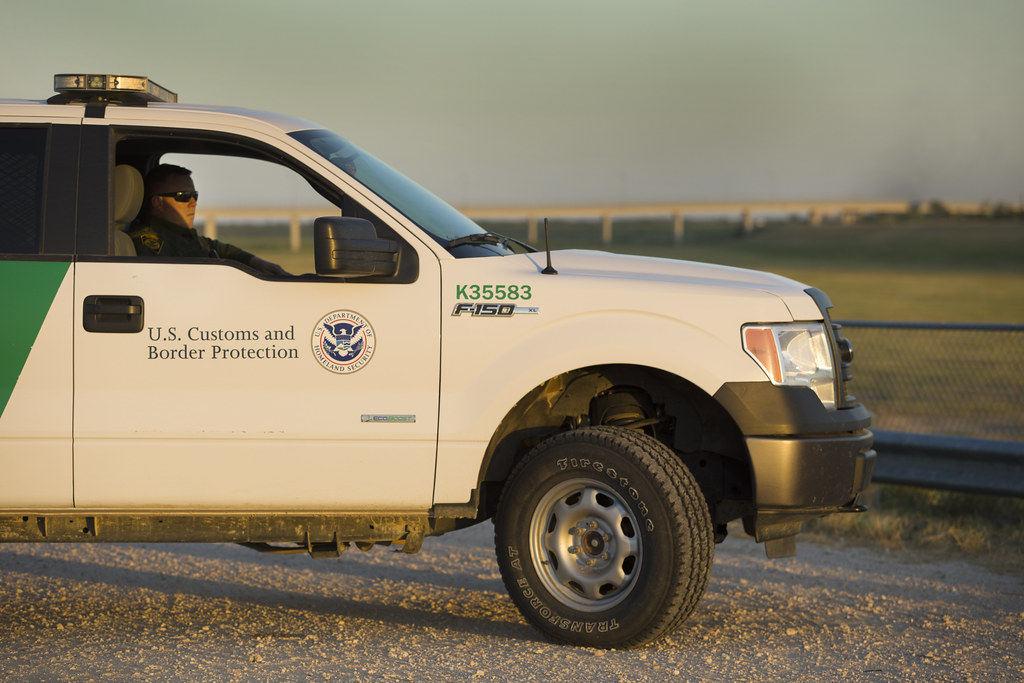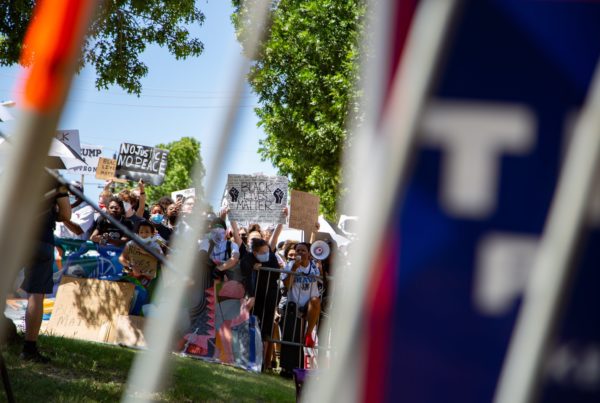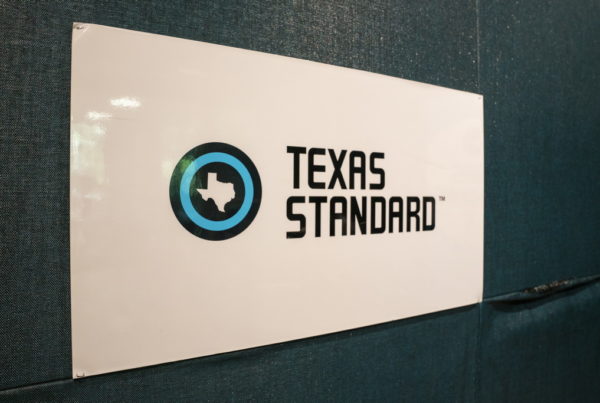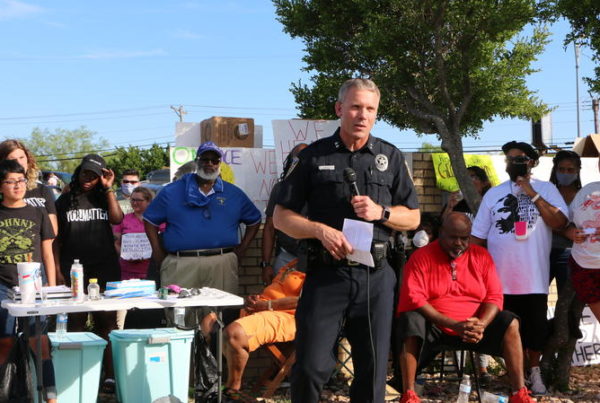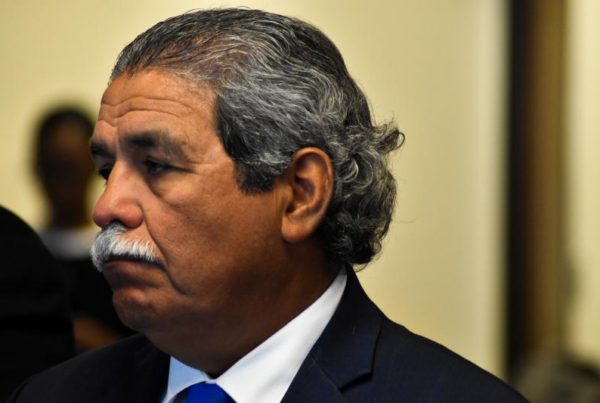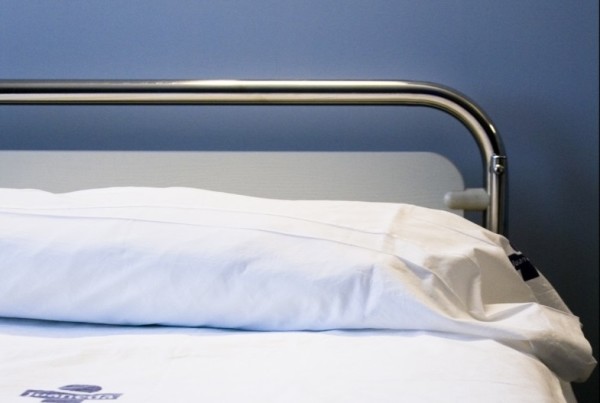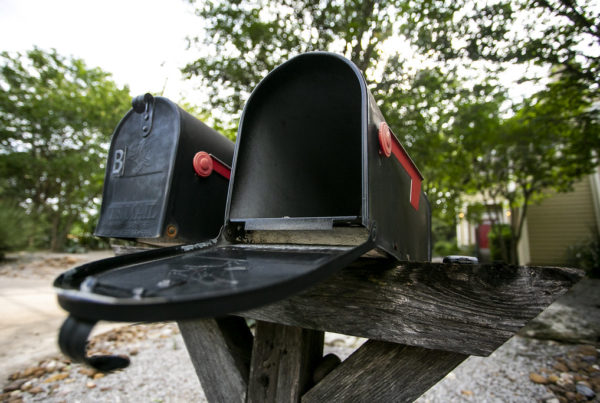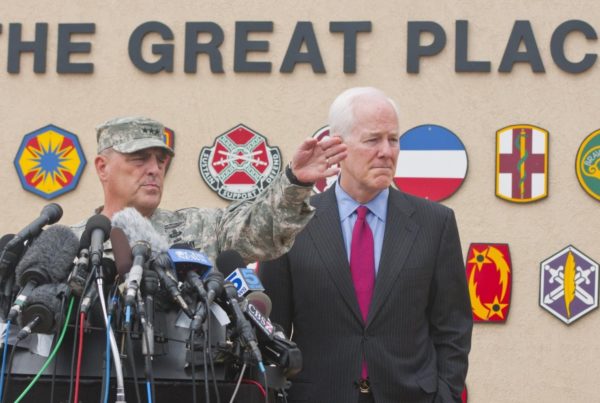Law enforcement officers have been out in force at nationwide protests denouncing police brutality against black Americans. At some events, law enforcement included local officers, National Guard troops and, in some cases, Border Patrol officers. In Minneapolis, where the police killing of George Floyd ignited the recent wave of protests, U.S. Customs and Border Protection even flew drones to monitor the protests.
S. Deborah Kang is an incoming associate professor of history at the University of Texas at Dallas. She also wrote a book about the history of immigration law at the U.S.-Mexico border. She and others have expressed concerns that the use of federal immigration personnel, in particular, at protests is a threat to citizens’ rights.
Kang told Texas Standard host David Brown Friday that Border Patrol officers have often been deployed in connection with non-immigration matters, including law enforcement and military operations.
On past Border Patrol involvement in military and law enforcement operations:
[Border Patrol] participated in the search for U-boats during World War II – here it was helping the U.S military. It later helped to monitor and surveil the civil rights protests in the 1960s. Also, when civil unrest broke out in Los Angeles after the acquittal of the police officers in the Rodney King case, the Border Patrol was called out again.
On rules governing Border Patrol involvement in these actions:
A careful reading of the current statute that applies to the Border Patrol indicates that immigration officers are authorized to enforce the federal laws. So the government wouldn’t necessarily need to issue any kind of special order, although I suspect one may have been issued, especially in the case of the drone flights.
On why the use of drones is worrying:
This is very concerning because these drones, when they’re used by CBP, they’re only supposed to be used in what’s called the “100-mile zone.” This zone spans the perimeter of the country. Two-thirds of the U.S. population lives within this 100-mile zone. And within this 100-mile zone, certain constitutional rights don’t apply, especially the Fourth Amendment rights pertaining to searches and seizures. So drones are allowed to operate free in this zone, take your picture, maybe even take your text messages off your phone. And they don’t need a warrant to do that. Now what’s been happening, as journalists have been reporting, is that drones appear to be operating outside that 100-mile zone. And according to the statute … CBP can only do that if they’ve gotten a written exception from the higher-ups at CBP.
On how potential CBP rights’ violations along the border negatively affect everyone’s rights:
If there’s any reason we need to pay attention, and we need to hold CBP and ICE accountable, it’s because these operations impact citizens, not just immigrants. In fact, CBP and ICE said that during their surveillance of the protests, they would not be conducting immigration enforcement actions. So they’re surveilling the crowds, they’re surveilling the protesters, many of whom are legal residents and citizens. Civil libertarians have rightly pointed out that this poses a real threat to our First Amendment rights.
Web story by Shelly Brisbin.


